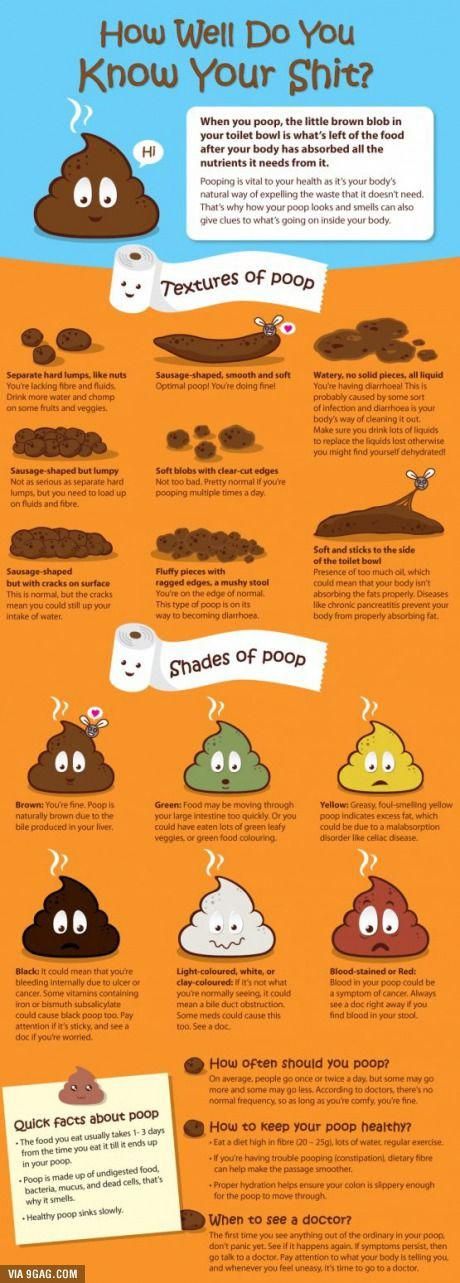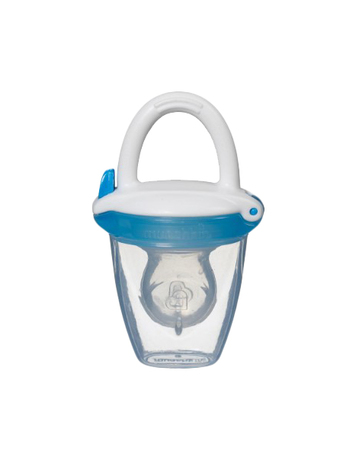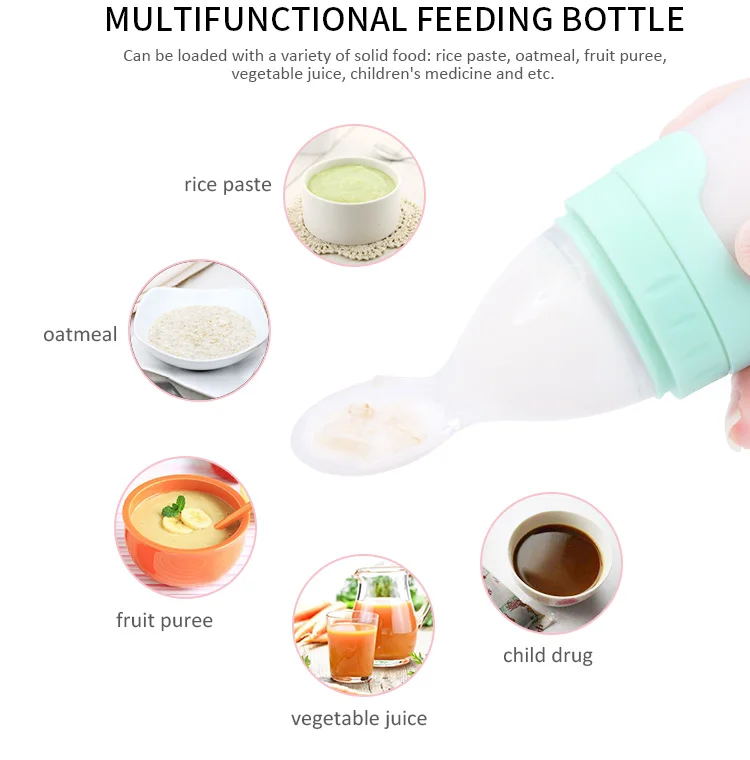Frozen food for teething babies
7 Tips And Tricks For Teething
Nothing is worse than a teething baby! It is heartbreaking to see your little one in pain. Although teething doesn’t last forever, I swear it sometimes feel like it does; especially when they are getting their teeth in one after another. Here are 7 tips and tricks for teething to save your sanity and soothe your little’s sore gums!
Frozen Wash Cloth- Take a cheese cloth (if you want to go organic) or just a plain old wash cloth and get it wet. Ring it out and place it in your freezer. After 30-45 minutes, the cloth will be frozen. Hand it to that baby and let them go to town! They will love it.
Teething Toys- They make teething rings that you can freeze if you like, or check out some of the plush teething toys they make now as well. Try out a few different styles of toys to see what your kiddo prefers.
Frozen Banana- Freeze and whole banana and then give it to your child for a sweet treat that will soothe those gums. You can give it to them plain, or you can also put it into a food feeder like this one. This is my favorite teething trick. Not only does it help keep baby happy, but it’s nutritious as well.
Carrots- Another nutritious option is to let your kid chomp on a carrot. DON’T use a baby carrot. We don’t want any choking incidents. Instead, get a large carrot that your child won’t be able to break off or bite off. Peel it, wash it and let them have it. This is another one that is good to put in a food feeder just in case!
Teething Biscuits or Bagels- Try making a homemade teething biscuit like this one to let your baby munch on. Again, it will give them a nutritious snack but it will also help those chomps that are coming in. If you don’t feel like whipping up a batch of biscuits, a refrigerated bagel will work just as well! Plus, your child will love you. Because, let’s be honest… who doesn’t love bread?
Frozen Bottle- Another great frozen option is using your baby’s bottle.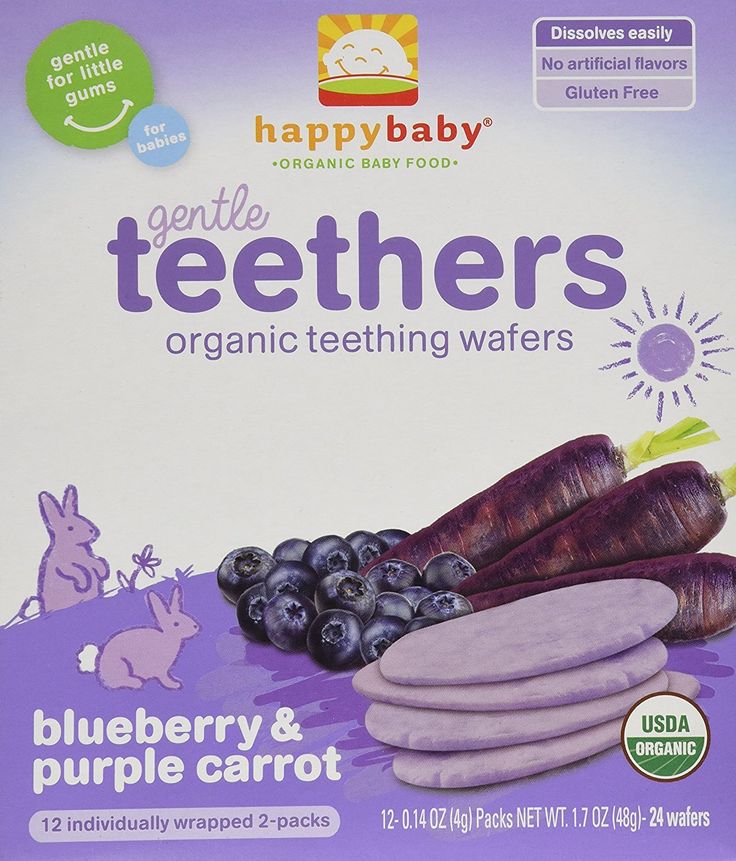 Freeze milk, juice or water in the bottle upside down. That way, the liquid is frozen in the nipple of the bottle. When it is frozen, your child will be able to chew on it and allow it to soothe their gums.
Freeze milk, juice or water in the bottle upside down. That way, the liquid is frozen in the nipple of the bottle. When it is frozen, your child will be able to chew on it and allow it to soothe their gums.
Acetaminophen- Tried and true. When all else fails, talk to your pediatrician about using acetaminophen to help your child be more comfortable. Dosing amounts have recently changed, so please speak with your doctor before administering any medicine.
If at all possible, avoid mouth and gum numbing gels. While they may provide temporary relief, it also increases choking hazards because of the decreased gag reflex it induces.
There are a bunch of different ways to help your baby through the pain of teething. Try a few different ones to see which your child prefers.
What are some of your teething tricks?
**Stephanie writes for RADmomCOOLkid. Check out more of her posts here.
Frozen Treats for Teething Babies — Fortified Family
Frozen Treats for Teething BabiesKatie Ferraro
This is not a sponsored post.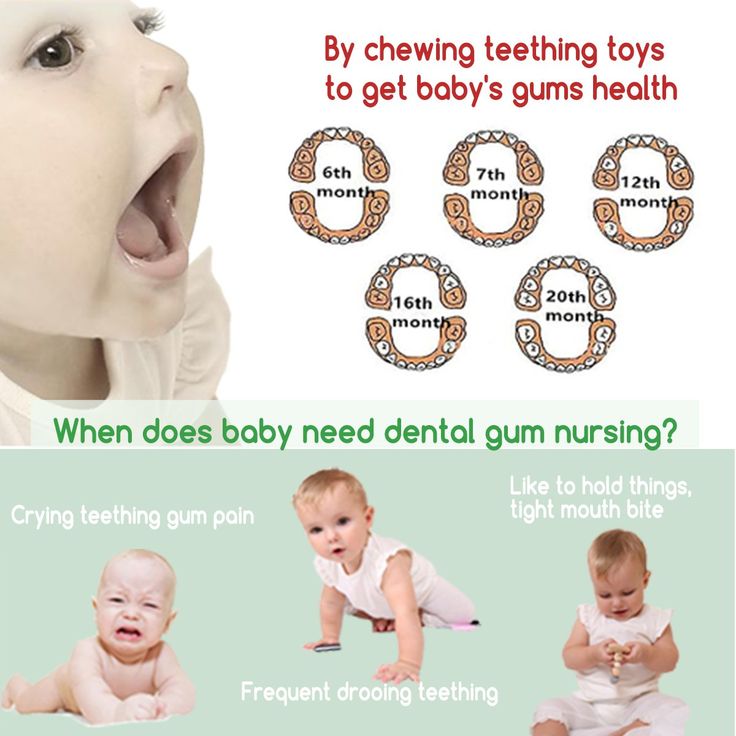 The post does contain affiliate links and the modest income I receive from these affiliate partnerships helps me offset the cost of running this site.
The post does contain affiliate links and the modest income I receive from these affiliate partnerships helps me offset the cost of running this site.
Oh No: Teething Time
If there’s one thing I don’t like about babies, it’s when they’re cutting teeth.
Teething messes EVERYTHING up: nap time, milk feeds and the new solid food schedule you’re probably just adopting!
Now your baby might be developing his first teeth anywhere along the infant spectrum. Some babies are born with teeth (weird, I know…but it’s true) and other babies might not get their first tooth until after their first birthday.
Both of those are outlier situations - but there’s no rhyme or reason about when a baby gets teeth.
It’s also important to note that having teeth is not a pre-requisite for starting solid food…so don’t let the lack of teeth hold you back from getting started with baby’s first bites!
Signs of Teething
You probably don’t need a medical degree to know when your baby is teething.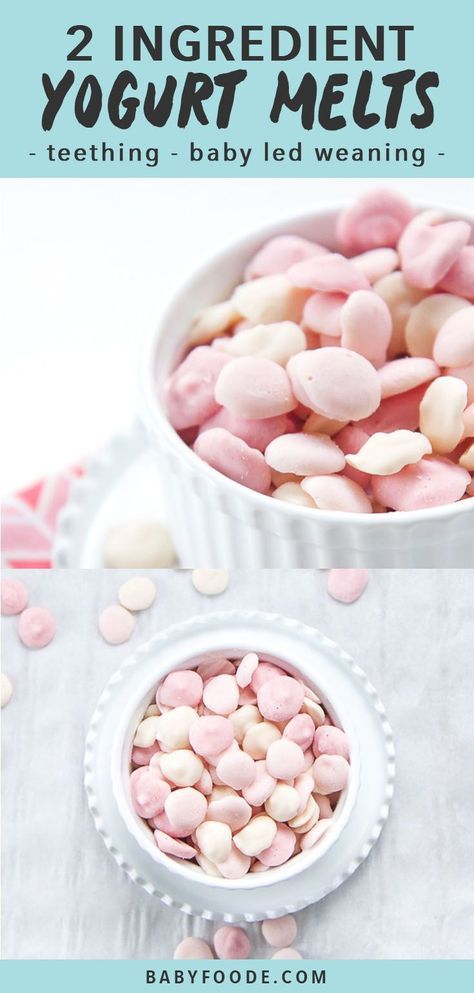
You can usually tell SOMETHING is up.
Side note: teething might actually be MORE uncomfortable for parents and caregivers than it is for some babies - because not all babies are bothered by teething.
But here are some signs to look out for during teething:
More drool from babies than usual
Area around tooth may be swollen and tender
Temperature may rise slightly
When it comes to the temperature thing - a 2016 Pediatrics review found that although temperature might rise during “primary tooth eruption” - but it’s usually not to fever levels. Since true fever is not usually associated with teething it may instead be a sign of illness or infection, so be on the lookout for that.
And about all that drool…excess drool can lead to rashes around the mouth and changes in your baby’s diaper. Sometimes these two side effects of teething actually get blamed on feeding.
Keep in mind that your baby is trying new foods and textures and possibly potential allergen ingredients during the same time he or she is teething. What “might” seem like a reaction to a new food (rash around the mouth or changes in the diaper) may in fact be due to excess drool and saliva associated with teething.
What “might” seem like a reaction to a new food (rash around the mouth or changes in the diaper) may in fact be due to excess drool and saliva associated with teething.
Interventions for Teething
You can’t really stop the process of teething, so it may give you peace of mind to know there’s not a whole lot you can - or should do.
But if you feel the urge to give your baby a break, here are a few interventions for teething to consider:
Medication - ask your doctor about weight-appropriate doses of acetaminophen (Tylenol) for 6 month+ babies or ibuprofen (Advil or Motrin).
Don’t offer remedies that include the plant poison belladonna, gels with benzocaine or amber teething necklaces (the FDA advises against teething necklaces because of choking hazard & the AAP backs up claim that they are not supported by science).
Chew toys - plastic and rubber toys are good for aching gums (…but then again the AAP also recommends against BPA in hard plastic, go figure).

Massage - you can gently rub or massage your baby’s mouth / gums, but make sure to wash your hands first.
Sleep schedule - “try” to keep your sleep routine regular even when baby is teething; avoid disrupting the schedule to prevent further sleep troubles down the road.
Cold temperatures can also help - try damp washcloths that have been twisted and frozen but avoid teething rings that are frozen solid (they’re too hard for baby’s mouth and also present an opportunity for potential bacteria contamination).
Food Tweaks When Teething
Your baby does not need teeth to transition to solid foods.
But there are some foods that are a bit safer when babies are teething. Personally I like to hold back on the following foods until baby has 1 or more teeth poking through:
Corn on the cob
Chicken legs on the bone
More challenging raw vegetables like cucumber with skin and bell pepper strips
Some babies find frozen foods feel good on their gums, so try out frozen yogurt bites or cubes to suck on.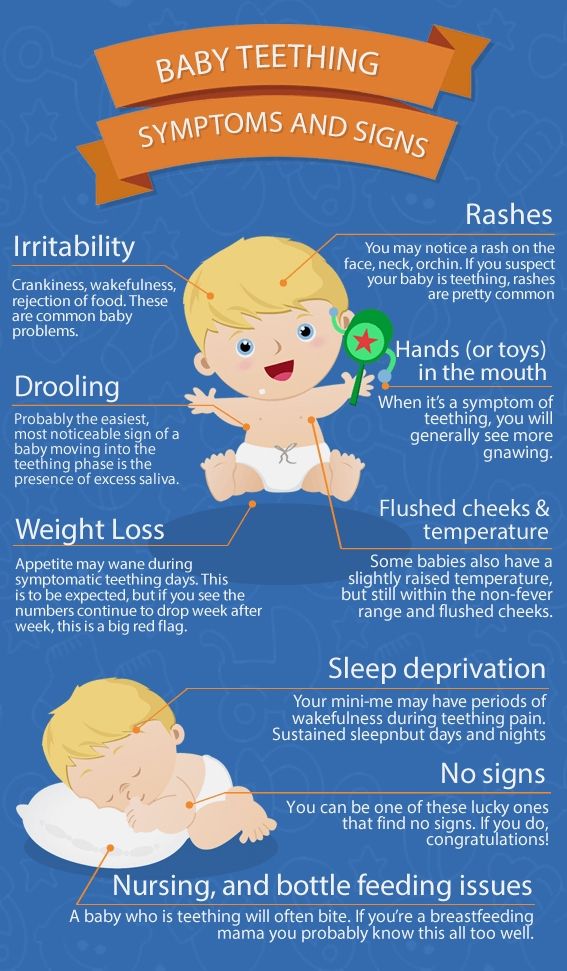
Chilled cucumber strips (with or without skin and/or seeds) work as well.
Frozen Yogurt Teether Treats
These frozen yogurt teether treats are one of my favorite foods to offer teething babies. This recipe idea is from the book “making mealtime ezpz: fun ways to fill the happy mat”. I adapted the recipe by adding yogurt and then putting the yogurt mix in my deviled egg dish because I didn’t have the freezer space for spreading it out on parchment paper. You could also do this in mini ice cubes too!
If you’re looking for really easy ways to make mealtime FUN - definitely check out the “making mealtime ezpz” book. It’s one of my favorite resources for food art and you can 10% off this book and all ezpz products with code KATIE10 - click link to check their products and the book out.
GET 10% OFF ALL EZPZ WITH CODE KATIE10
Frozen Yogurt Teether Treats Recipe
Ingredients
Instructions
Rinse strawberries and remove green stem / top of strawberries.
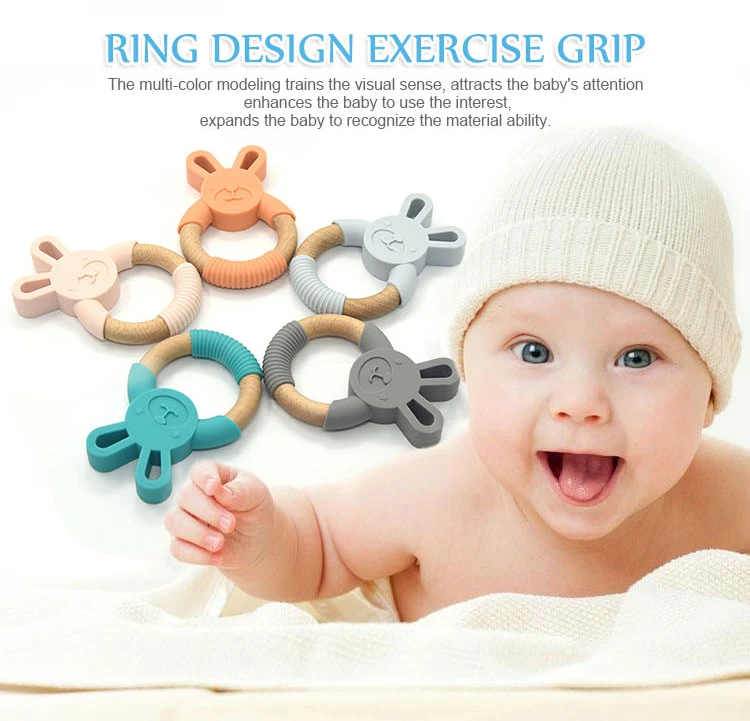
Combine hulled strawberries and yogurt in a blender and blend until liquid. Add additional yogurt or milk to achieve desired consistency.
Pour yogurt mixture into a zip-top bag, then snip the bottom corner and portion liquid mixture into deviled egg plate, food molds or ice cube trays. Freeze for 2 hours or until set.
If your yogurt mixture is a tad thicker you can also just portion it from the zip-top bag direct onto parchment paper. Mine was a little too runny to do this - which is why I opted for the deviled egg plate, which helped keep the spread contained!
Now I want to know…what’s your go-to M.O. when your baby is teething?!
0 LikesKatie Ferraro
Leave a comment
Katie Ferraro
@babyledweanteam
View posts by category
YOU MAY ALSO LIKE
"Eat the 8" Allergenic Foods for Babies
Putting More Plants on Your Plate
Teething | STADA
Update date: 12/27/2022
Number of reads: 0
Most babies start teething between the sixth and tenth month, and everyone tolerates it differently.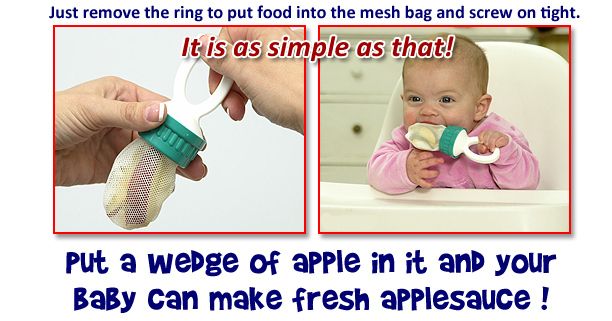 The process may start a little earlier or later, there is nothing to worry about. Usually, by the age of two and a half, a child has all 20 milk teeth. nine0007
The process may start a little earlier or later, there is nothing to worry about. Usually, by the age of two and a half, a child has all 20 milk teeth. nine0007
Sometimes the teeth are cut imperceptibly, in other situations the following symptoms can be observed:
- The gum becomes inflamed and swollen, becomes sensitive to touch;
- Producing more saliva than usual;
- The child becomes capricious and irritable;
- There is a desire to gnaw and chew something hard;
- Child refuses food;
- Having trouble sleeping.
During teething, a fever may occur, but usually the temperature does not exceed 38 ° C). In addition, diarrhea (loose stools) may occur. These symptoms should be discussed with the pediatrician to rule out infection and other serious causes.
Here are some tips to help manage your child's discomfort:
- Gently rub your face to remove saliva and avoid skin irritation and rashes;
- Let's chew on cool items.
 This can be a chilled (not frozen!) hard rubber teething ring or a cold apple (if the baby is already eating solid food). Don't buy liquid-filled rings and make sure your child doesn't chew on plastic items that can break; nine0020
This can be a chilled (not frozen!) hard rubber teething ring or a cold apple (if the baby is already eating solid food). Don't buy liquid-filled rings and make sure your child doesn't chew on plastic items that can break; nine0020 - Wipe the gum with a clean damp cloth. You can put the napkin in the freezer beforehand;
- Give the child cool food suitable for his age. It can be applesauce or unsweetened yogurt.
OTC medicines may also help. Use ibuprofen or paracetamol as a pain reliever (syrup and suppositories are better for children). Remember that at a temperature, aspirin should not be taken until 19years old. Symptoms can also be relieved with gels for teething. They can have anti-inflammatory, anesthetic, antiseptic effects. Avoid products that contain belladonna extract or benzocaine.
The American Dental Association suggests taking care of your teeth as soon as the first one appears. Use a soft toothbrush for children and fluoride toothpaste. The required amount of paste for a child under three years old is about a grain of rice. If the child is from three to six years old, you should focus on the size of a pea. nine0007
The required amount of paste for a child under three years old is about a grain of rice. If the child is from three to six years old, you should focus on the size of a pea. nine0007
Cuts, burns and bruises
How to give first aid and when to call a doctor.
Learn more
Headache
What you need to know about the types of headaches, what are the first aid measures and what the doctor can prescribe
Learn more
Frequent urination in men
On average, people urinate six times a day, sometimes one more time at night. But this is an average, but in reality the norms are individual, so doctors recommend focusing on subjective sensations.
Learn more
How the habit of drinking coffee affects our health
Can coffee be a part of a healthy diet, for which diseases it is better to refuse it altogether and what can be added to your favorite drink so as not to spoil it
Learn more
Postpartum hemorrhoids
Hemorrhoids often develop during pregnancy and are even more common after childbirth. According to studies, about 35 percent of women who have recently given birth face its symptoms.
According to studies, about 35 percent of women who have recently given birth face its symptoms.
Learn more
Share:
what to do if teething and poor appetite in babies
Published: 05/06/2022
Reading time: 2 min.
Number of reads: 63243
Author of the article: Ponomareva Yuliya Vladimirovna
Pediatrician, candidate of medical sciences, allergist-immunologist
The appearance of milk teeth in a baby is a difficult stage in the life of both a child and all family members. This is one of the most common causes of restlessness, moody behavior and poor appetite in an infant in the first year of life. Let's discuss how parents need to behave in order to help the baby get through this difficult period. nine0007
Content: Hide
- Timing of teeth
- Changes in health
- Refusal to eat
- General rules
- Baby porridge
- Practical tips
Terms of appearance of teeth
The formation of teeth occurs in utero, that is, the baby is born already with a full set of teeth, which are then waiting for their time to erupt. The timing and pace of teething is an individual process, which depends primarily on heredity, as well as on external factors, such as the quality of drinking water and the nature of nutrition. For the first 3-4 months, the baby is exclusively breastfed, and the baby does not need teeth yet. By the 4th month of life, the baby is already deficient in the nutrients of breast milk, the stage of the start of the introduction of complementary foods begins. At this age, many children begin to appear the first milk teeth. However, the timing of the onset of eruption can be shifted to the second half of life, this is also a variant of the norm. On average, by the 12th month of life, a child has 8 teeth and 20 by 2 years. nine0007
The timing and pace of teething is an individual process, which depends primarily on heredity, as well as on external factors, such as the quality of drinking water and the nature of nutrition. For the first 3-4 months, the baby is exclusively breastfed, and the baby does not need teeth yet. By the 4th month of life, the baby is already deficient in the nutrients of breast milk, the stage of the start of the introduction of complementary foods begins. At this age, many children begin to appear the first milk teeth. However, the timing of the onset of eruption can be shifted to the second half of life, this is also a variant of the norm. On average, by the 12th month of life, a child has 8 teeth and 20 by 2 years. nine0007
Health changes
The most common teething symptoms are increased salivation and itchy gums. During this period, the child pulls in his mouth and gnaws his own fingers and any objects that come across. In addition, the appearance of teeth is often accompanied by an increase in body temperature, changes in the stool and a decrease in appetite. The temperature can be above 38 ° C and disturb the child for several days. To make sure that changes in the baby's health are associated with the appearance of milk teeth, carefully examine the child's oral cavity. On examination, you will find redness and swelling of the gums at the site of the new tooth, and the child will respond even to a slight pressure on this area. Against the background of teething, the immune defense of the baby is often reduced, which leads to the appearance of symptoms of a viral or bacterial infection. Therefore, changes in the state of health of the crumbs can only be indirectly associated with teething. In every ambiguous situation, do not neglect the advice of a pediatrician. nine0007
Refusal to eat
Teething in babies is often accompanied by eating disorders - children become selective in choosing food, and often completely refuse food. Since the appearance of milk teeth is a long process, many parents of babies are concerned that during the period when teeth are being cut, the child does not eat almost anything. The contact of food with the gums increases pain, and the child does not perceive any food well. "How and what to feed the baby?" - this is the most pressing issue for parents of infants in the first year of life. Try to follow the general recommendations during this period, as well as some practical tips to help keep the child from being hungry. nine0007
The contact of food with the gums increases pain, and the child does not perceive any food well. "How and what to feed the baby?" - this is the most pressing issue for parents of infants in the first year of life. Try to follow the general recommendations during this period, as well as some practical tips to help keep the child from being hungry. nine0007
General rules
Despite the difficult situation, do not force-feed. Forced eating can provoke disruption of the digestive tract and be the cause of improper eating behavior in the future. During this period, it is better to adhere to a free feeding regime according to the principle - often, but in small portions. If the mother is breastfeeding, then expect the frequency of feedings to change. The child has a need for frequent application, not only to satisfy hunger, but also for emotional calm. In the acute phase, refuse to introduce complementary foods and choose foods that minimally irritate the oral mucosa. During this period, salivation is increased in babies, therefore, to restore the water balance, periodically offer the baby drinking water for babies, allowed from birth.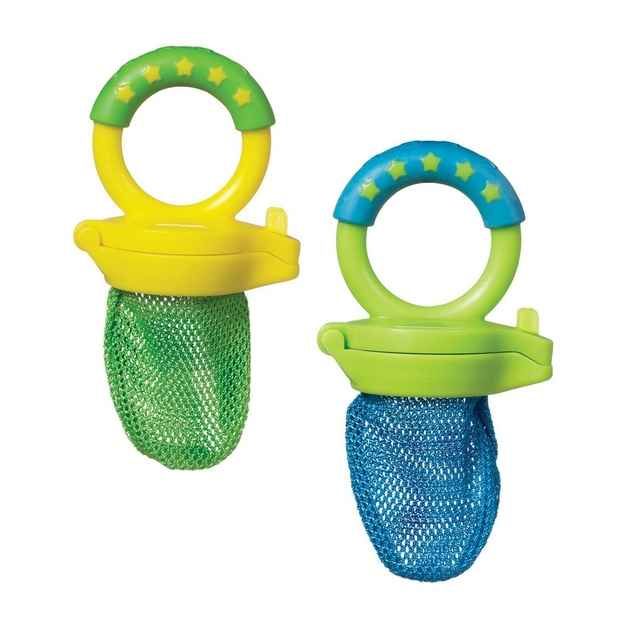 The baby has a desire to gnaw and bite everything, but during this period it is better to refuse solid food as much as possible, since sharp edges can additionally injure the mucous membrane and only worsen the situation. Among complementary foods, the most optimal choice during teething are cereal complementary foods. nine0007
The baby has a desire to gnaw and bite everything, but during this period it is better to refuse solid food as much as possible, since sharp edges can additionally injure the mucous membrane and only worsen the situation. Among complementary foods, the most optimal choice during teething are cereal complementary foods. nine0007
Baby porridge
What are the advantages of choosing baby porridge as a priority in the baby's diet during the period when baby teeth appear? Firstly, it is a highly nutritious product - the combination of milk and cereals meets the needs of the child for energy and nutrients, even with a relatively small amount of the finished product. Secondly, the appropriate consistency of commercially produced baby cereals facilitates the assimilation of complementary foods. Bebi Premium baby cereals for children over 4 months of age have a homogenized degree of grinding, which does not require additional gum grinding and reduces the load on the jaw apparatus.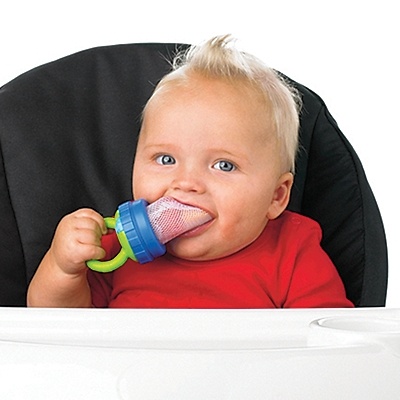 In addition, they are easily and without lumps diluted with water or breast milk at room temperature, which also reduces the severity of pain compared to warmer food. Fruit and vegetable complementary foods, despite the appropriate puree-like structure, are rich in organic acids, which can be a source of irritation of the delicate mucous membrane of the baby's gums. During this period, another important advantage of the Bebi Premium line of children's cereals is the reduced sugar content. Sugar is a good breeding ground for microbes that live in the oral cavity, its excess intake can increase the inflammatory process in the gums. nine0007
In addition, they are easily and without lumps diluted with water or breast milk at room temperature, which also reduces the severity of pain compared to warmer food. Fruit and vegetable complementary foods, despite the appropriate puree-like structure, are rich in organic acids, which can be a source of irritation of the delicate mucous membrane of the baby's gums. During this period, another important advantage of the Bebi Premium line of children's cereals is the reduced sugar content. Sugar is a good breeding ground for microbes that live in the oral cavity, its excess intake can increase the inflammatory process in the gums. nine0007
Practical Tips
The pharmaceutical market offers a variety of topical gum pain relievers approved for use in children. However, it is recommended to use them very carefully and in consultation with the pediatrician in cases where pain significantly affects the condition of the crumbs. Be careful when using them, as swallowing the gel with painkillers can lead to severe toxic reactions.



